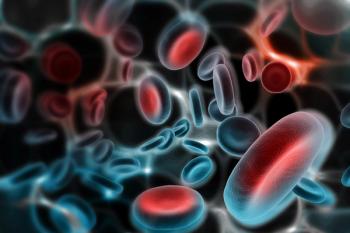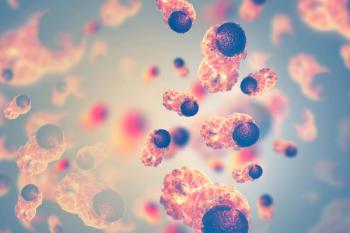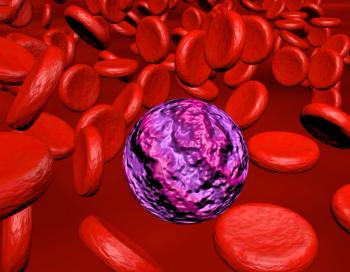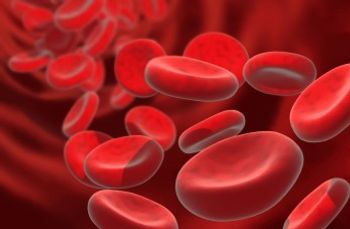
- Oncology Vol 28 No 1S
- Volume 28
- Issue 1S
(P129) Electronic Brachytherapy for Nonmelanomatous Skin Cancer: Report of First 565 Lesions
Electronic brachytherapy for skin cancer is now available without the need for room shielding. Advances in radiobiology and radiotechnology permit the treatment course to be given in eight fractions over 4 weeks. This report describes the experience with our first 565 treated lesions.
Stephen W. Doggett, MD; Transdermal Radiation Associates
Purpose: Electronic brachytherapy for skin cancer is now available without the need for room shielding. Advances in radiobiology and radiotechnology permit the treatment course to be given in eight fractions over 4 weeks. This report describes the experience with our first 565 treated lesions.
Materials and Methods: A miniaturized 50-keV x-ray tube and delivery system (Xoft Inc, Fremont, California) are FDA-approved for nonmelanotic skin cancers (NMS). The device is operated in a standard unshielded examination room.
Results: Fifteen months following introduction of the system, a total of 565 NMS have been treated. There have been two recurrences, and cosmesis has been excellent.
Conclusions: Radiation therapy for NMS can now be given in an office setting as an alternative to Mohs surgery. Results are comparable to or better than those of surgery. Patients are pleased with the outcome and convenience of the short course of therapy given in the office.
Articles in this issue
Newsletter
Stay up to date on recent advances in the multidisciplinary approach to cancer.


















































































